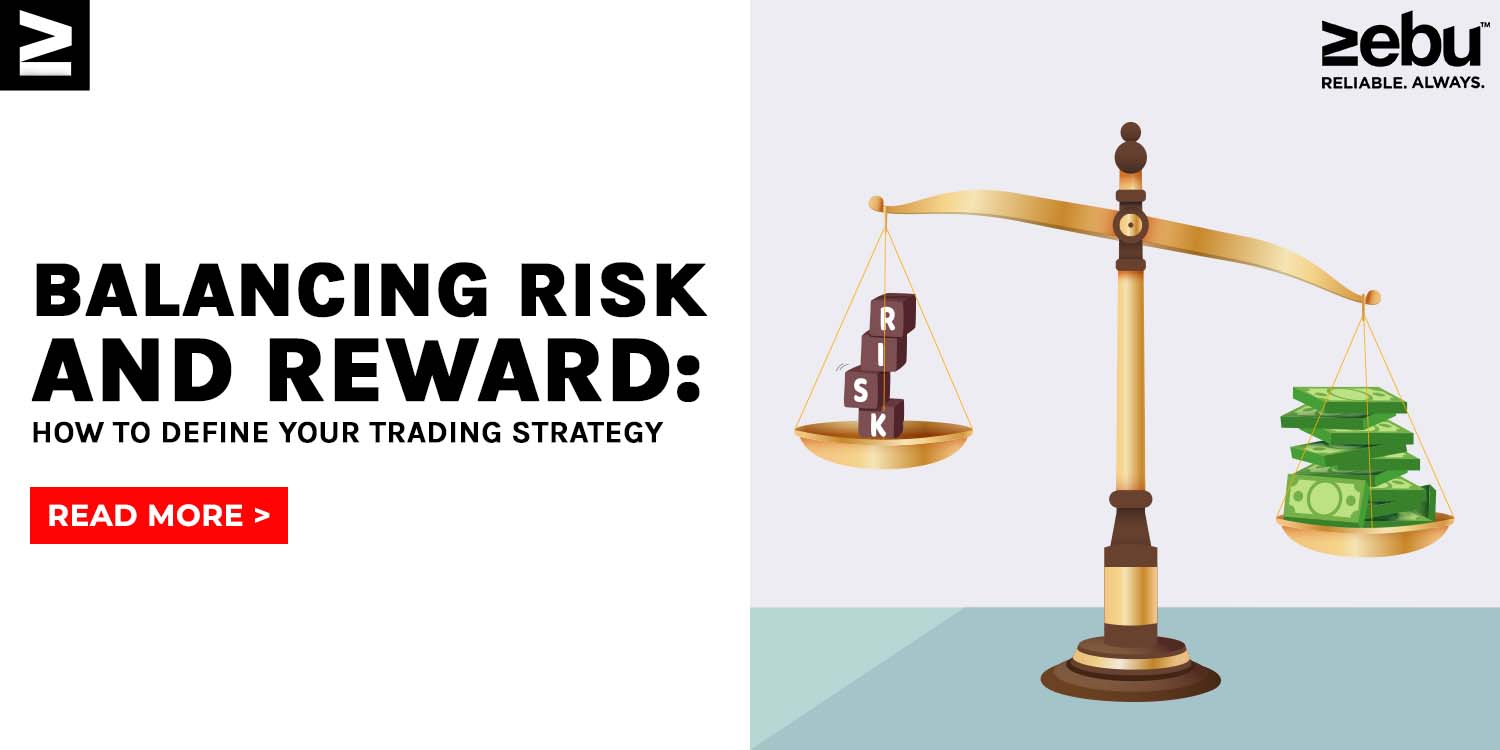
Large Cap vs Mid Cap vs Small Cap: Key Differences That Actually Matter
The Securities and Exchange Board of India (SEBI) is in charge of overseeing the operation of the Indian stock market and ensuring that all players engage in ethical and transparent behaviour. The stock market offers investors the chance to take part in the expansion of the economy while serving as a crucial tool for buying and selling assets. The upper and lower circuits are a crucial idea in Indian stock market. In order to prevent excessive stock price volatility and to maintain a fair and open market, SEBI has established these circuits. The upper circuit is the highest price over which a stock cannot advance on a particular day. On the other hand, the lower circuit is the lowest price below which a stock cannot fall on a certain day. These restrictions are meant to stabilise the market by reducing volatility and preventing manipulation of stock prices. For instance, if a stock is selling at Rs. 100 and its upper circuit limit is set at Rs. 120, the stock price is not permitted to increase over Rs. 120 on that day, regardless of market demand. The stock price cannot decrease below the lower circuit limit, which in this case is Rs. 80. These ceilings are set in accordance with the trading history of the stock, the state of the market, and the company’s financial standing, among other things. To keep them relevant and useful in reducing market volatility, the upper and lower circuits are periodically modified. Finally, it should be noted that the upper and lower circuits are crucial to preserving the stability and fairness of the Indian stock market. They provide a way to stop excessive stock price volatility and guarantee that everyone has an equal chance of success. When making investing selections, it’s critical for investors to be aware of the upper and lower circuits to make sure they are well-informed judgements. For penny stocks—stocks with a small market capitalization and low price—the upper and lower circuit limitations are especially crucial. The upper and lower circuits offer a means of regulating penny stock volatility and preventing manipulative tactics since penny stocks are recognised for their extreme volatility. A stock’s trading is suspended for the remainder of the day when it reaches the upper or lower circuit limit. This allows the market to process the news and stop future price fluctuations. The stock is once again traded the next day at a price set by supply and demand in the market. In reaction to the state of the market and other variables, SEBI may alter the upper and lower circuits. To avoid extreme price fluctuations, SEBI may alter the upper or lower circuit limit if, for instance, a business discloses a substantial development that is expected to have a large influence on its stock price. Along with limiting market volatility, the upper and lower circuits give SEBI a way to keep an eye on market activity and stop insider trading and other manipulative tactics. The SEBI utilises the circuit limitations to spot any anomalous trading activity and take the necessary steps to maintain a fair and open market. In conclusion, the upper and lower circuits play a significant role in the Indian stock market’s stability, fairness, and transparency. They give a way for SEBI to monitor and manage the market while also playing a crucial part in reducing market volatility, especially for penny stocks. The upper and lower circuits and how they affect your investing selections should be understood by investors.







